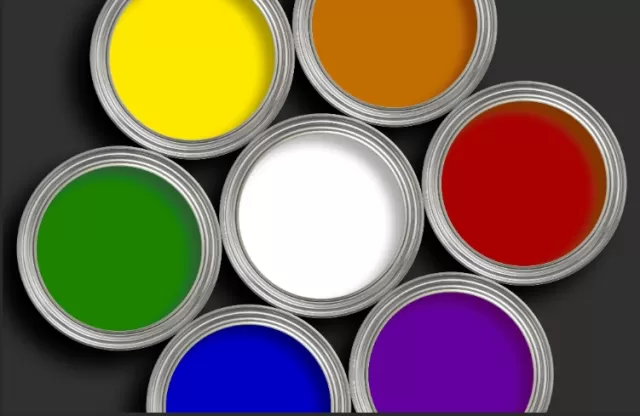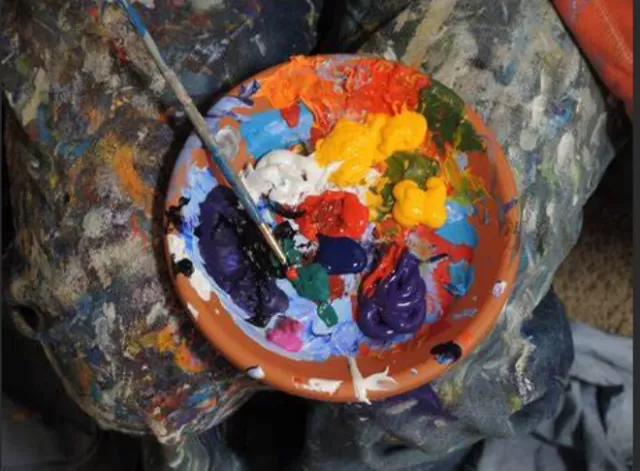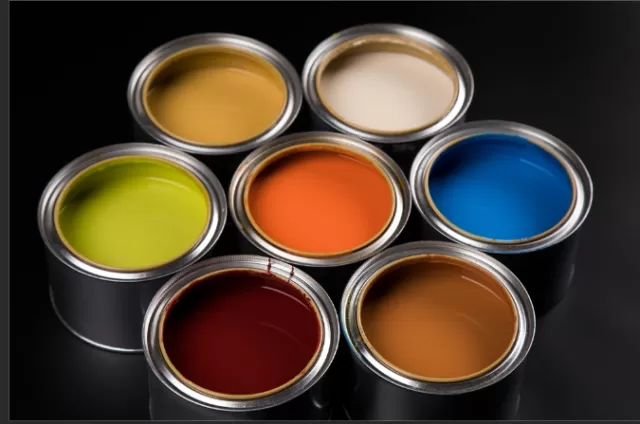3 Methods for Color Matching and Identifying Finishes. Whether you’ve called your house home for years or are stepping into a new space craving a makeover, the transformative effect of a fresh coat of paint cannot be overstated. It has the magical ability to breathe new life into any room, creating a sense of novelty and vibrancy. However, if you find yourself enamored with your current wall color but uncertain about its precise shade, there’s no need to abandon it. Enter the game-changing technique of color matching.
Color matching is a brilliant solution that unveils the mystery behind your favorite wall color. This technique becomes particularly invaluable during home renovations when you aim to refresh an old paint job or seamlessly extend an existing color scheme to another room. By utilizing color matching, you can confidently identify the specific paint color, ensuring a harmonious and cohesive look throughout your living space.
Say goodbye to the dilemma of wanting to preserve a beloved color scheme but not knowing its exact specifications. Color matching empowers you to retain the essence of your preferred hues while embarking on a journey of home transformation. Whether you’re fine-tuning a timeless classic or infusing a modern twist, color matching opens the door to endless possibilities, making every room feel like a brand-new canvas waiting to be adorned
Efficient Methods for Perfect Paint Color Matching

When seeking the ideal paint color for your project, various effective color matching methods are at your disposal.
Here are three approaches to ensure you achieve the precise shade you desire:.
Wall Chip Method
An effortless technique for an exact color match involves removing a chip from your existing wall paint.
Select a discreet spot, like behind an electrical outlet cover, and carefully cut a small piece of dried paint. Sara McLean, a color expert at Dunn-Edwards, recommends taking this chip to your local paint store, where advanced technology can accurately determine the exact color match.
Paint Sample Comparison
Color samples offer a practical solution for matching paint tones for touch-ups, entire walls, or other projects.
Erika Woelfel, Vice President of Color and Creative Services at Behr, suggests gathering paint samples close to the desired hue. Apply these samples to the surface you want to duplicate, observe them in various lights, and determine which sample best matches your target color.
Technology-Assisted Matching
Several paint brands now provide virtual tools that simplify the color-matching process.
Behr’s Color Smart app, for instance, enables users to upload a photo or take a picture directly from the app for fast color matches. However, it’s essential to be mindful of potential influences on results, such as light, texture, and variations in phone screens.
Whether opting for the traditional wall chip method, the hands-on paint sample comparison, or the tech-savvy approach, these methods collectively empower you to confidently find the perfect paint color for your project.
Deciphering Paint Finishes: A Guide to Identifying Sheen

Distinguishing a paint’s finish, or sheen, is a crucial aspect separate from its color and involves the reflective quality on the painted surface.
According to Julie Fisher, product manager at Dutch Boy Paints, you can discern the type of sheen a paint has by gauging the level of shine or light reflection from the surface. Typically, the gloss or sheen increases as you progress from flat, eggshell, satin, semi-gloss to gloss.
Julie Fisher recommends a tactile approach to identify the paint’s sheen.
“Touch the wall—does it feel dry and matte, or is it smoother with a noticeable shine?” Additionally, consider the room where the paint is applied. For instance, paint in a bathroom, prone to humidity, may exhibit a higher sheen compared to the Living Room.
On the contrary, flat paints, known for durability and ease of touch-ups, are commonly used in high-traffic areas like family rooms or dining rooms.
By observing the reflective qualities, feeling the texture, and considering the room’s environment, you can confidently determine the sheen of your paint, ensuring a nuanced understanding of its visual and tactile characteristics.
Smart Painting: Testing Your Chosen Color Before Committing

After discovering your ideal color match, it’s essential to take a strategic approach before applying the paint to the entire surface.
Erika Woelfel, Vice President of Color and Creative Services at Behr, cautions against testing paint with a small patch, as it may not provide enough surface area to reveal undertones adequately. To gain a comprehensive understanding, Woelfel recommends painting a minimum 12-foot by 12-foot square.
This sizable patch offers a clearer picture of how the room will look once the painting project is completed.
It’s crucial to leave the patch up for a while, observing it under various lighting conditions throughout the day. As Woelfel notes, colors may appear more vibrant and saturated in well-lit spaces, while they can seem darker and lose intensity in dimmer settings.
The dynamic nature of natural and artificial lighting underscores the importance of testing your chosen color against different lighting arrangements.
What seems perfect in the morning may present differently in the evening. By patiently observing and assessing your test patch, you can ensure that the selected color harmonizes seamlessly with your space, bringing your vision to life with confidence and precision.
*The information is for reference only.